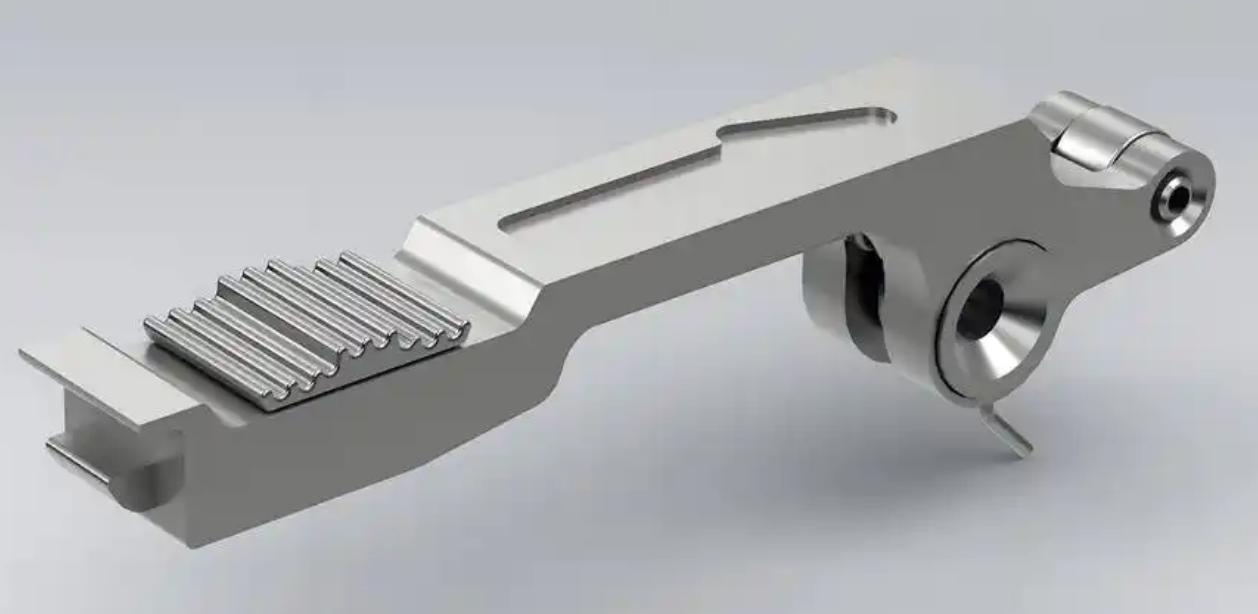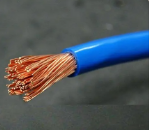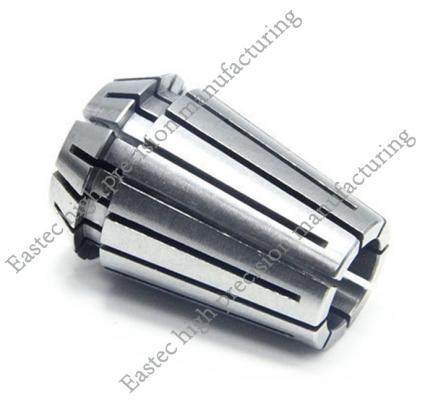
- 1. Improvement of Forming Process Design
Optimizing forming process parameters is an effective way to enhance product quality and reduce costs. Rational selection and adjustment of process parameters such as pressure, temperature, speed, and time can significantly improve the forming effect of parts, reduce defects, and ensure that products meet design requirements. In processes like stamping and pressing, too low a pressure may prevent parts from fully forming, while too high a pressure can cause excessive material deformation or damage. Excessive or insufficient temperature also affects the plasticity and formability of materials, so a suitable temperature range should be selected according to material characteristics. An appropriate forming speed can prevent cracks or uneven thickness changes in the material during the forming process and improve production efficiency. An overly large die clearance will result in excessive burrs on the part edges, while an overly small clearance will prevent the smooth flow of the material, causing tearing. Therefore, a reasonable die clearance is crucial for ensuring forming accuracy.
Finite element analysis can simulate the material flow, stress distribution, and temperature changes during the forming process, and predict potential defects such as material cracks and wrinkles. The simulation results can provide a basis for optimizing process parameters, such as adjusting pressure and die design. Using professional forming process simulation software can accurately simulate the plastic deformation process of the material during forming, predict the deformation behavior of parts, and optimize die design and process parameters to improve forming accuracy and product quality. Through simulation, potential problems in die design can be identified in advance, reducing die adjustment and improvement work in actual production. For example, simulation can help optimize the die cooling system and vent design to avoid issues such as thermal stress and uneven temperature.
- 2. Application of High - Precision Forming Equipment
The introduction of numerical control technology has greatly improved the precision and automation level of sheet metal processing. CNC punching machines can automatically select appropriate processes, speeds, and pressures for punching and cutting operations according to design drawings. CNC bending machines can ensure the accurate forming of parts by precisely controlling the bending angle and position, reducing manual intervention and improving production efficiency. The introduction of automated welding equipment, such as robotic welding systems, can ensure a high degree of consistency and precision in the welding process, avoiding deviations caused by manual operations. Robotic welding systems achieve stable welding quality through precise trajectory planning and welding parameter control. With the development of automation technology, automated assembly lines are also widely used in the production of sheet metal parts. Through automated assembly, the assembly position of parts can be precisely controlled, reducing human errors and improving assembly accuracy and consistency.
Complex sheet metal parts have diverse geometric shapes and need to be formed multiple times through processes such as bending, folding, punching, and stretching. Their complex shapes include features such as curved surfaces, irregular edges, bumps and depressions, and nested holes. They not only require precise shapes but also need to meet high appearance and functional standards. The requirements for dimensional accuracy in the manufacturing process are extremely high, as any deviation may affect assembly accuracy and even the overall product quality. In material selection, factors such as mechanical properties, corrosion resistance, and heat resistance need to be considered. At the same time, surface quality is also crucial, and surface roughness and gloss need to be ensured to meet appearance and durability requirements.
- 3. Material Selection and Optimization
Selecting materials with a uniform organizational structure, such as uniform metal grains or polymer polymers, can ensure uniform stress distribution and deformation during the forming process. Materials with a non - uniform structure are prone to local stress concentration during the forming process, resulting in shape deviations and inaccurate dimensions of parts. The chemical composition stability of materials also affects the accuracy of the forming process. For example, materials with a high proportion of impurities or those prone to oxidation may undergo chemical reactions during the heating process, changing their properties. Selecting materials with higher chemical stability can reduce errors caused by material composition fluctuations. Before forming, the surface treatment of materials also affects processing accuracy. Materials with a rough surface or small cracks are likely to cause uneven deformation or damage during the forming process, affecting forming accuracy. Therefore, materials with a smooth surface and no obvious defects should be selected to ensure uniformity during processing.
High - strength materials can better resist external forces during the forming process, reducing errors caused by excessive deformation. For example, choosing high - strength steel or high - strength alloy materials can prevent excessive deformation during forming processes such as stamping and stretching, ensuring stable dimensions after forming. Low - deformation materials usually exhibit a small elastic modulus and a high yield strength, enabling them to maintain better shape and size stability during processing. For example, aluminum alloys, titanium alloys, and certain special plastics exhibit low plastic deformation during the forming process, reducing forming errors.
- 4. Optimization of Process Parameters
By designing different test plans, adjusting relevant parameters of processes such as stamping and bending, and observing product quality, precision, and defects during the forming process, the influence relationship of each parameter on the forming effect can be obtained through systematic tests, providing data support for further optimization. By collecting and analyzing test data, methods such as regression analysis and variance analysis can be used to reveal the quantitative relationship between process parameters and product quality. Through data modeling, parameter settings for processes such as stamping and bending can be optimized, reducing process errors and improving product consistency. Based on the results of tests and data analysis, the optimal parameter combinations for processes such as stamping and bending are determined. For example, adjust the die clearance, speed, and punching force during the stamping process, and optimize parameters such as the curvature radius, bending speed, and material tension during the bending process to ensure that the product's dimensions and surface quality are optimized.





 Customer service 1
Customer service 1  Customer service 2
Customer service 2